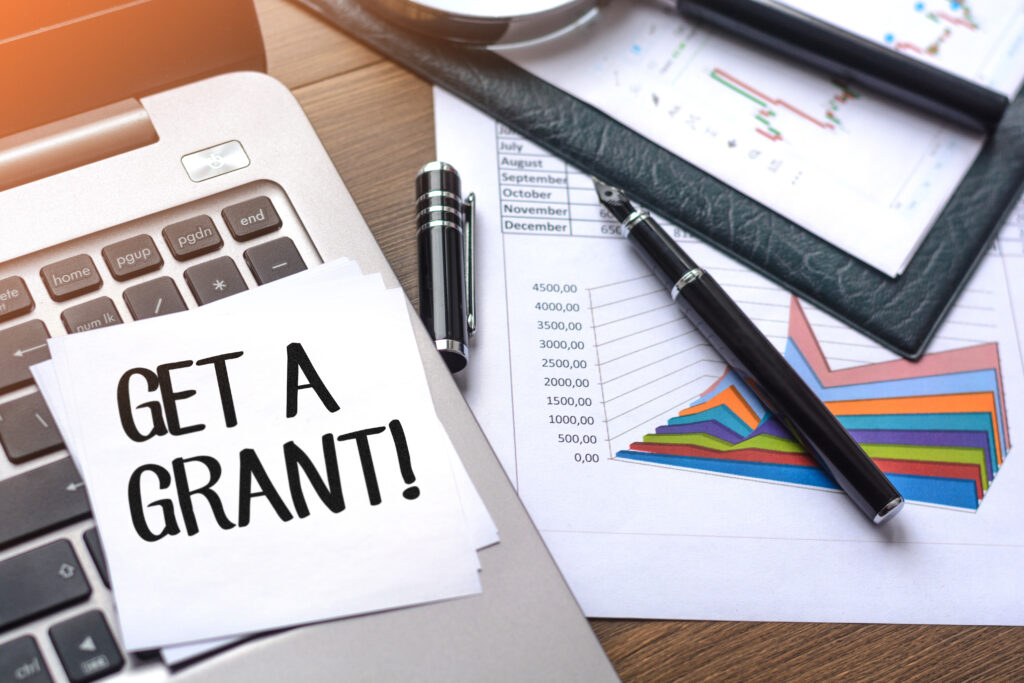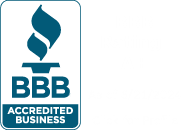Securing funding is a pivotal aspect of sustaining and growing a nonprofit organization. Grant writing, while challenging, is a vital skill that can unlock significant opportunities. This guide provides practical tips and insights to enhance your grant writing strategies, increasing your chances of securing much-needed funding.
1. Understanding the Grantor’s Objectives
Before you begin writing, it’s crucial to understand the goals and values of the funding organization. Tailor your proposal to align with their mission. This alignment demonstrates that your project is important and a perfect fit for their objectives.
2. Clear and Concise Presentation
Clarity is key in grant writing. Your proposal should clearly articulate your objectives, methods, and the anticipated impact. Avoid jargon and overly complex language. Remember, the clearer your proposal, the easier it is for the grantor to understand and support your cause.
3. Detailed Project Planning
Your proposal should outline a well-thought-out plan for your project. This includes detailed objectives, a realistic timeline, a clear budget, and an explanation of how each part of the budget will be used. Providing this level of detail shows that you’ve thoroughly prepared and are a reliable investment.
4. Demonstrate Impact and Sustainability
Grantors want to know that their investment will have a lasting impact. Describe the specific outcomes you expect from your project and how it will continue to make a difference beyond the grant period. Include data or research supporting your project’s potential effectiveness if possible.
5. Personalize Your Proposal
Personal stories or testimonials can make your proposal more compelling. If you have anecdotes or quotes from individuals who will benefit from your project, include them. These personal touches can bring your proposal to life and create a stronger emotional connection with the grantor.
6. Collaborations and Partnerships
If your project involves collaboration with other organizations or community groups, highlight these partnerships. This shows community support and indicates broader impact and resource optimization.
7. Meticulous Review and Editing
After writing your proposal, review it meticulously. Check for clarity, grammar, and adherence to the grantor’s guidelines. Having someone else review your proposal can also provide valuable feedback and catch errors you might have missed.
8. Follow-up and Feedback
After submitting your proposal, don’t hesitate to follow up. If your proposal is not accepted, seek feedback. Understanding why your proposal was not selected can provide invaluable insights for future applications.
Conclusion
Effective grant writing is a blend of clear communication, detailed planning, and alignment with the grantor’s goals. Incorporating these strategies into your proposals enhances your nonprofit’s chances of securing vital funding. Remember, each grant is a learning opportunity, and persistence is key.
For more specialized assistance in grant writing and nonprofit management, BryteBridge provides hands-on educational courses in fundraising and grant writing through our Connect membership program. Our expertise can provide the guidance and support you need to realize your funding goals.



